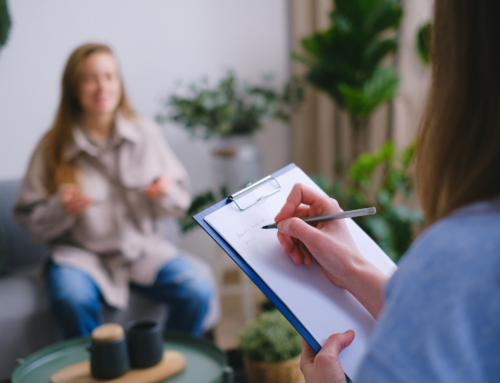 I don’t remember exactly when I first heard of hygge (HOO-geh)…sometime last year I think. My first thought was that this was the next trend to replace the “life-changing magic of tidying up.” My second thought was that I was intrigued.
I don’t remember exactly when I first heard of hygge (HOO-geh)…sometime last year I think. My first thought was that this was the next trend to replace the “life-changing magic of tidying up.” My second thought was that I was intrigued.
Our personal environments can affect our internal environment, as anyone who’s been stressed out by clutter, been unable to feel settled in a sterile work cubicle that doesn’t allow personal touches, or felt at loose ends when forced to live without some of your cherished belonging (like when you’re in transition and have to leave most of your stuff in storage). So the idea of cultivating a cozy, comforting home environment has appeal.
I let a few books on hygge languish on my library hold list until recently. I quickly found out that—to my pleasant surprise—that hygge was much more than cozy socks, soft blankets and candlelight (not that there’s anything wrong with those things.
Letting go of perfection
I’m frequently nudging my patients to let go of rigid rules and the quest for perfection, and hygge has my back on this one. Here are some tidbits written by Louise Thomsen Brits in “The Book of Hygge: The Danish Art of Contentment, Comfort and Connection.”
- “There is comfort in imperfection.”
- “Perfection inhibits hygge, makes us hold our breath, and tightens the atmosphere around us.”
- “Everyone is encouraged to believe that a measure of pleasure beats abstinence…self indulgence in small amounts, eating a few rather than totally abstaining.”
Hygge and body acceptance
When I picked up the next book, “How to Hygge: The Nordic Secrets to a Happy Life” (a seductive title if ever there was one) by Signe Johansen, I indeed felt happier when I got to the sections titled “Focus on what your body can do…” and “Free the body, free the mind.” It was a wonderful, thoughtful treatsie on not subscribing to notions about what an “ideal” body looks like, and instead rejoicing in what our bodies can do. A very positive, message, indeed.
It was part of a larger chapter on finding the joy (rather than competition) in being physically active, preferably outdoors. Johansen advocates forgiveness (“so what if you’re a klutz?” and “Don’t be too hard on yourself; sometimes a gentle walk just taking in the scenery is enough”), throwing away your scale, not letting PE-related childhood trauma deter you from being active in adulthood, and ditching activities that don’t suit you (“If you run like a demented penguin and find it truly awful then it’s OK to resist the pressure to take up this most revered of activities.”) I’m still giggling over that last bit.
I also enjoyed Johansen’s sections on “How to think like a cook” and “Twenty steps to Nordic kitchen hygge.” I felt inspired to try a few new things in the kitchen after reading it. I’m also looking forward to making her recipes for muesli and “fruits of the forest” compote.
Hygge in a nutshell
In summary, Johansen says the spirit of hygge is “a belief in the magic of everyday life, choosing hope and a can-do attitude over fear and despair, and making time to be kind, both to yourself and others.” For another lovely summary of hygge, I recommend a recent blog post, “Hygge in Denmark,” by my friend and fellow dietitian Martha Marino on her blog Traveler’s Table (she is currently traveling all over the world, and while I am most envious, I console myself with living vicariously through her posts).






